Dhule
Introduction to Dhule District
Dhule district, located in Maharashtra, is nestled between the Satpuda hill range and the Sahyadri mountains, enriched by rivers like the Tapi, Panzara, and Aner. Historically part of West Khandesh, it features forts such as Laling and Songir and houses the V.S. Rajwade Museum, showcasing artifacts related to Samarth Ramdas Swami. Tourist highlights include Laling Kuran and Alaladari waterfalls and the Aner Dam Sanctuary, home to diverse wildlife. Dhule’s cultural heritage, natural beauty, and developing tourism infrastructure make it a vibrant region.
If you’re on the lookout for a place that combines the charm of rural India with the vibrancy of urban life, Dhule should definitely be on your list.
The Rich History
Dhule district, formerly known as West Khandesh, is situated at the foothills of the Satpuda range, with the Sahyadri mountains to its west and the Galna range within its boundaries. The district is traversed by several rivers, including the Tapi, Panzara, Kan, Arunavati, Amravati, Aner, Evil, and Sandy rivers. Historically, the region was known as Rasika and later as Seunadesa after King Seunchandra of the Early Yadava dynasty. The name Khandesh was adopted to reflect the title ‘Khan’ given to the Faruqi kings by Ahmad I of Gujarat. On July 1, 1998, Dhule district was bifurcated to create Nandurbar district.
One of the pivotal moments in Dhule’s history came during the Maratha Empire. The district served as a vital administrative center, playing a crucial role in the empire’s governance. You can still witness the remnants of this glorious era in various monuments and structures scattered throughout the district. From forts to temples, each site narrates a story that adds depth to your understanding of this area.
Top Tourist Attractions in Dhule District
Forts
- Laling Fort: Laling Fort is an ancient and ruined hill fort situated atop a hill, offering panoramic views of the surrounding terrain. Though in ruins, it still retains some of its historical charm. The fort is historically important as it served as a defensive stronghold in earlier eras. Its elevated location highlights its strategic importance. This fort is a popular destination for trekking and exploring, particularly for history enthusiasts and nature lovers who enjoy picturesque landscapes.
- Songir Fort: The placement along the Mumbai-Agra Highway makes it easily accessible for travelers. The fort is known for its proximity to Dhule and its historical significance. A key defensive site in the past, the fort likely played a role in controlling the trade routes along the Mumbai-Agra Highway. Songir Fort makes it ideal for a short visit for those traveling on the highway, combining ease of access with historical intrigue.
- Bhamer Fort: Known as a “Giridurg” (hill fort) in Sakri Taluka, Bhamer Fort sits at an altitude of 2500 meters above sea level. The fort is surrounded by natural beauty and features unique architectural elements. Its height and strategic location made it an important defensive site. The fort is also significant for its caves, which are thought to have served as ancient dwellings or meditation spaces. A destination for adventure seekers, this fort offers trekking opportunities and a glimpse into the region’s architectural heritage.
- Thalner Fort: Thalner town in Shirpur Taluka, on the banks of the Tapi River, along the Surat-Burhanpur Highway. Thalner Fort is a riverside fort situated in a market town with historical and geographical importance. Although specific details about the fort’s architecture are limited, it serves as a reminder of the region’s historical trade significance. The fort once played a role in defending trade routes along the Tapi River and served as an important center during various reigns. The picturesque location by the river makes it a popular spot for photography and sightseeing.
Natural Wonders
- Aner Dam Sanctuary: Covering an area of 83 square kilometers in Shirpur Taluka, near the Aner River, this sanctuary is a haven for wildlife enthusiasts. It is home to a variety of species, including foxes, wolves, bears, wild boars, rabbits, peacocks, vultures, hornbills, and woodpeckers. The sanctuary plays a vital role in preserving the region’s biodiversity and is being developed as a major tourist attraction. Visitors can enjoy wildlife spotting, birdwatching, and nature walks in a serene environment.
- Alaladari Waterfalls: A stunning natural waterfall near Amali area, Sakri Taluka, that becomes a popular destination during the rainy season. Surrounded by lush greenery, the falls provide a tranquil escape. Perfect for picnics, nature photography, and monsoon tourism draw visitors with its scenic beauty and calming atmosphere.
- Laling Kuran Waterfall: This seasonal waterfall near Laling Fort is a favorite spot during the monsoons. Its proximity to Laling Fort makes it a convenient addition to a trek or day trip, offering visitors a refreshing break amidst nature.
These attractions showcase Dhule district’s rich history, natural beauty, and cultural heritage, making it a diverse destination for travelers.
Best Time To Visit
The best time to visit Dhule district is during the winter months, from November to February, when the weather is pleasant and ideal for exploring outdoor attractions.
| Season | Months | Weather Conditions | Considerations |
|---|---|---|---|
| Winter | November to February | Pleasant (10°C to 25°C) | Best time for outdoor and cultural activities |
| Monsoon | June to September | Heavy rainfall, lush greenery | Restricted access to some forts and trails due to rain |
| Summer | March to May | Hot (up to 50°C) | Less favorable for exploring due to high temperatures |
Why Dhule Should Be on Your Travel List
As you reflect on your journey through Dhule, you’ll realize that this district is more than just a destination; it’s an experience that enriches your understanding of Maharashtra’s diverse culture and history. From the historical landmarks to the vibrant festivals, every aspect of Dhule showcases the beauty of its heritage.
Dhule is a hidden treasure waiting for you to uncover its wonders. With its rich history, cultural heritage, stunning landscapes, and delectable cuisine, it promises an unforgettable journey. So, prepare yourself for an adventure that will leave you with cherished memories and a desire to explore more of Maharashtra.
Travel Essentials
Here are the travel essentials one should know
Top Attractions
Discover the beauty and culture of Maharashtra through our curated experiences
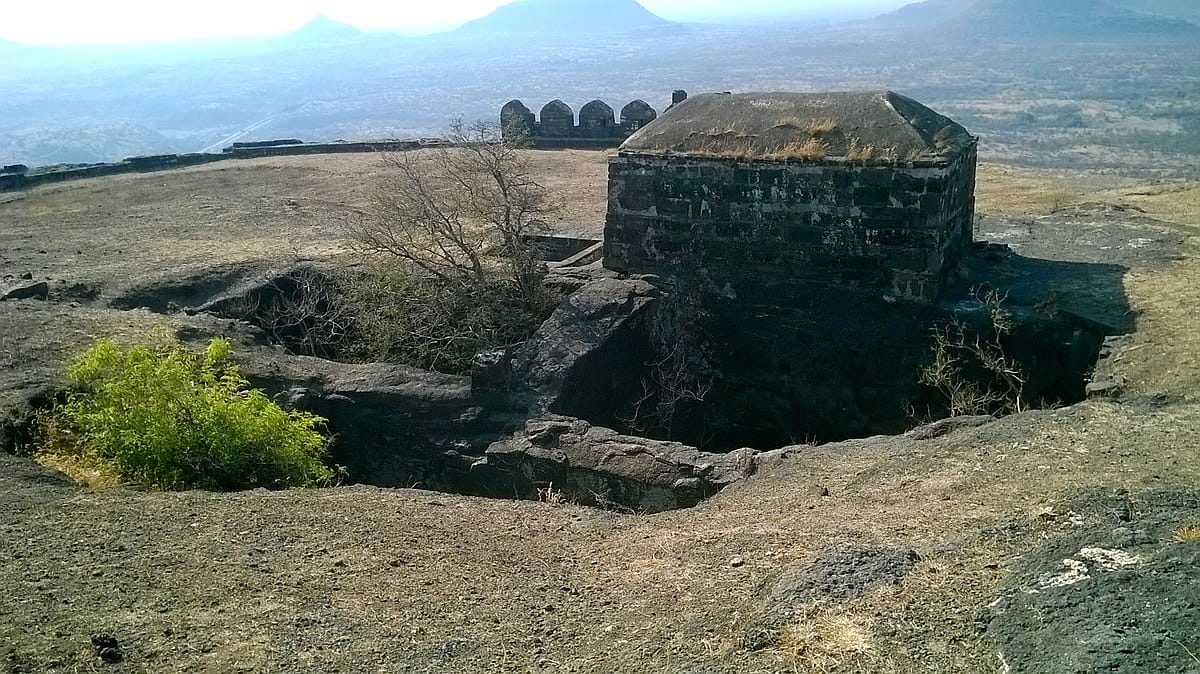
Laling Fort
Offers panoramic views and a peek into regional history from its hilltop location.
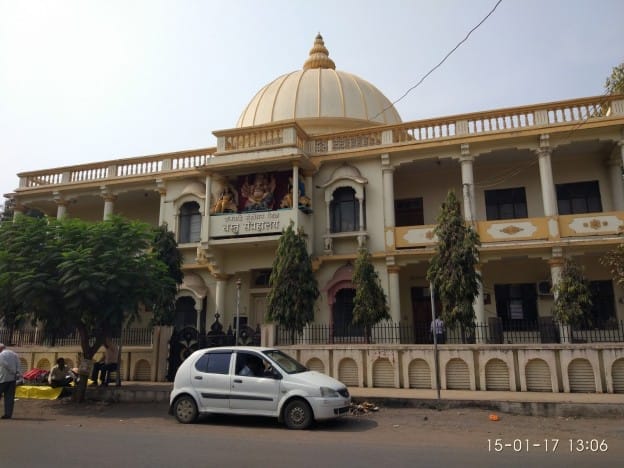
Rajwade Museum
Showcases Dhule's cultural heritage with artifacts like manuscripts and sculptures.

Ekvira Devi Temple
A revered temple drawing devotees and tourists for spiritual solace.
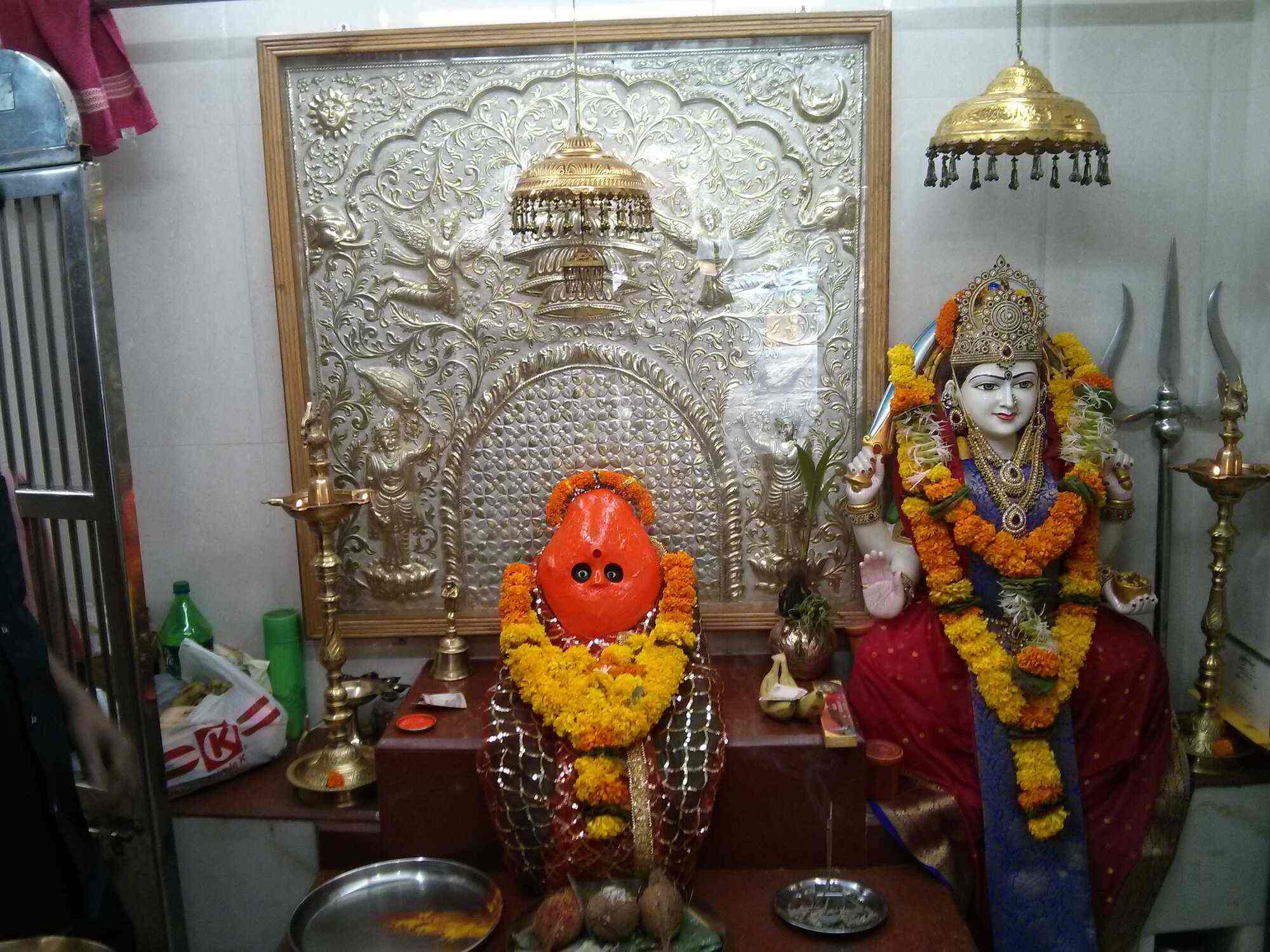
Santoshi Mata Temple
Noted for its architectural beauty and significant during festive times.

Nakane Lake
Ideal for picnics, boating, and relaxing walks by the water.
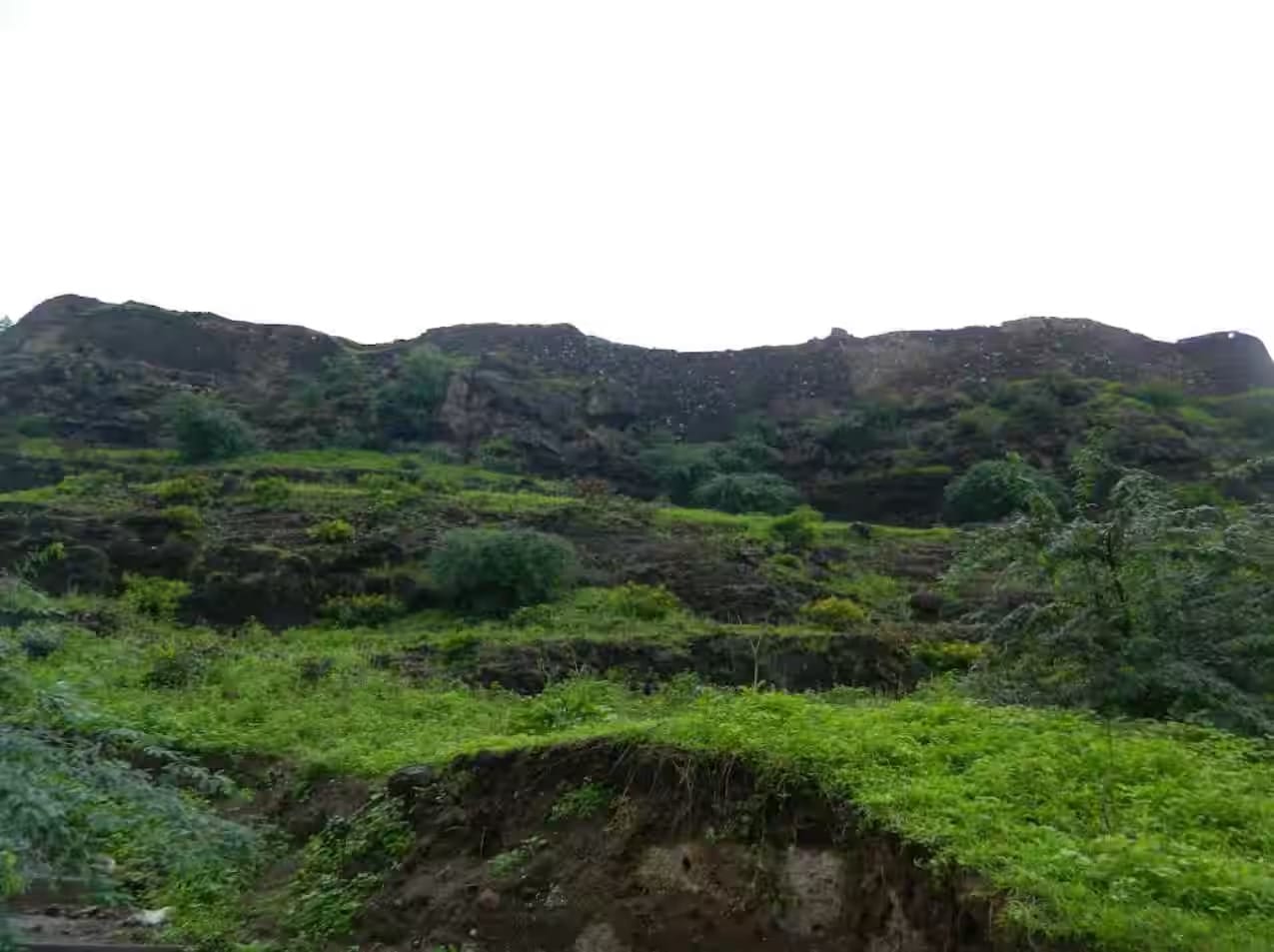
Songir Fort
Displays medieval military architecture with imposing gateways and bastions.
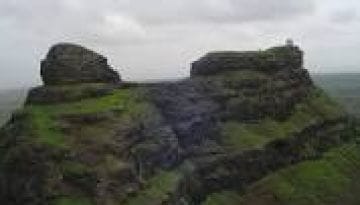
Bhamer Fort
This fort is kind of Giridurg. The height of sea level is 2500 meters. Bhamer fort is known as the capital of the kings. The fort has surrounded the village on three sides, while the fourth side gate has been built and the gateway has been built. There are 184 caves on this fort.

Thalner Fort
Thalner is a market town in Shirpur taluka on the banks of Tapi river. It is in Surat-Burhanpur highway. From Sultan Firozshah Tughlaq of Delhi, Malik Khan got the status of the neighboring areas of Thalner and Karvand. He took control of Thalner and established the rule of the Faruq family and constructed a triangular-shaped fort at Thalner in 1370.

